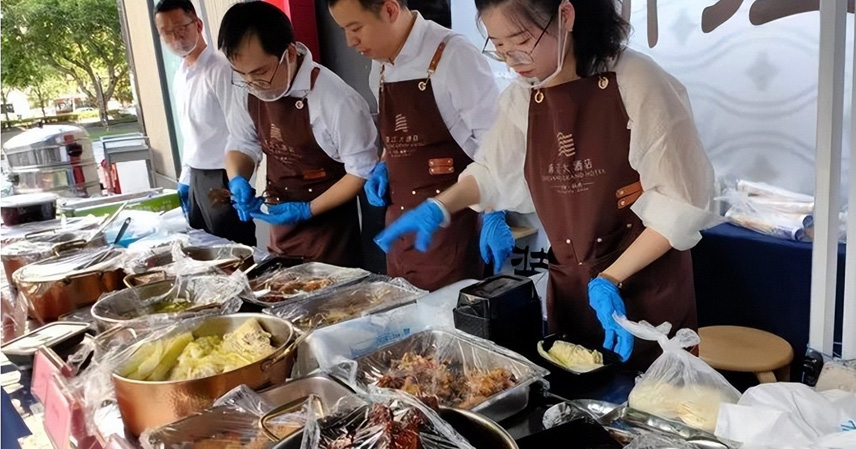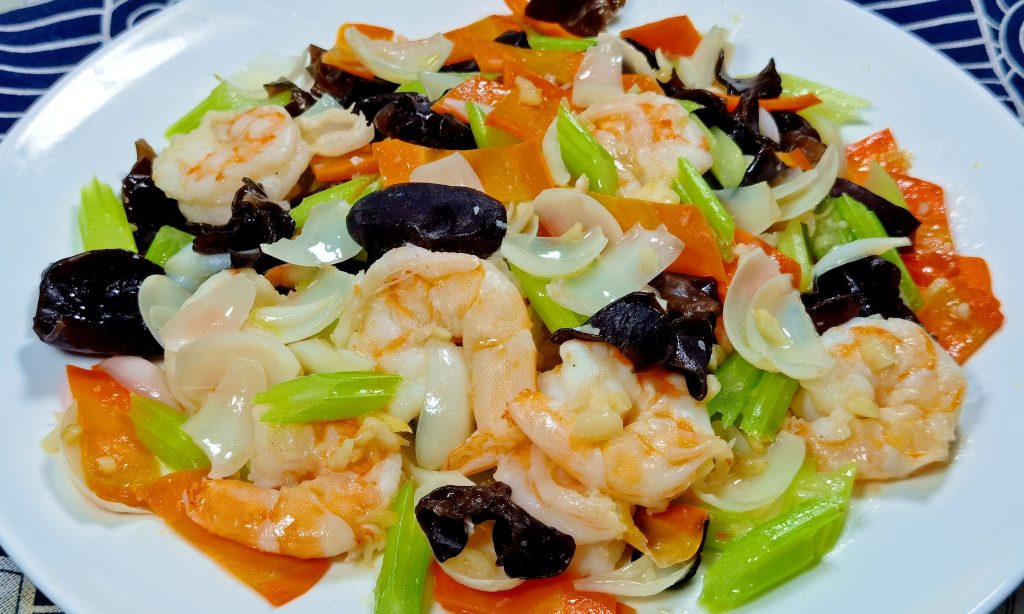This summer’s vacation season marked a surprising pivot in China’s hospitality scene: upscale luxury hotels are ditching chandeliers for street lamps, launching pop-up street food stalls to draw in crowds.
From Changsha’s vibrant night markets to Zhengzhou’s casual grill-outs and Shanghai’s rooftop lounges, these once-exclusive venues are blending high-end polish with everyday vibes. It’s a shift that’s got everyone talking—luxury hotels going grassroots.
From Elevated Exclusivity to Street-Level Appeal
Gone are the days when luxury hotels felt like untouchable fortresses, reserved for deep-pocketed guests gliding through marble lobbies. Now, passersby can snag skewers from an outdoor grill right outside the entrance, sip craft brews amid live music, or browse handmade crafts—all without a reservation.
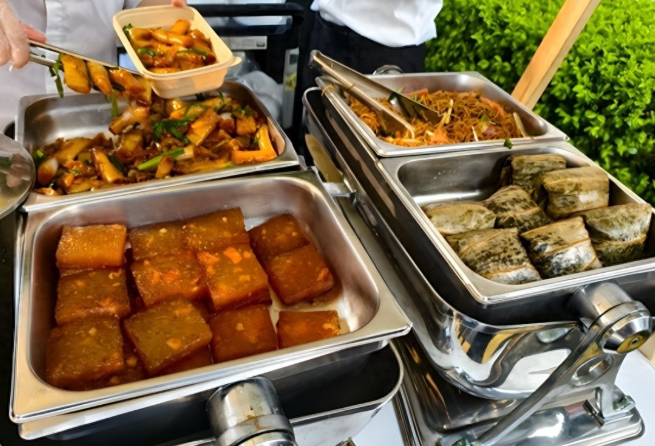
Take the Bulgari Hotel in Changsha: its lawn transforms into the ‘Starry Night Market’ under neon glows, inviting locals and travelers alike for bites and beats. This isn’t dilution—it’s reinvention, turning properties into urban hubs that spill into the neighborhood.
Breaking Barriers: More Than Just a Gimmick?
At its core, this trend isn’t about slashing standards but responding to evolving consumer trends. Travel’s boomed, yet budgets have tightened—long getaways now squeeze into weekends, pushing demand toward affordable, memorable escapes.
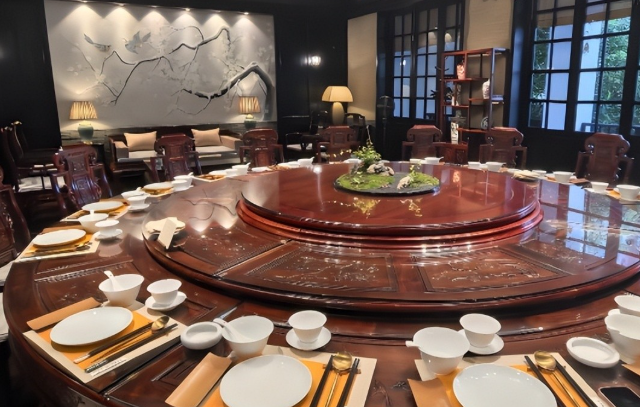
In Zhengzhou, the Hilton’s ‘Outdoor BBQ Beer Garden’ keeps things accessible, with per-person tabs under 100 RMB, luring first-timers who might upgrade on return visits. It’s a smart entry point: showcase quality service at low stakes to build loyalty.
These setups also monetize underused spaces like terraces and lawns through low-overhead activations. The result? Tighter ties to city life, where a casual beer and chat deliver “warmth” alongside glamour—think street eats with a five-star twist.
The Bigger Picture: Supply Glut Meets Shifting Demands
This “stall revolution” highlights deeper industry pressures: oversupply and mismatched expectations. China’s luxury hotels have proliferated—sometimes clustering on single blocks—sparking cutthroat pricing amid slower growth and pragmatic spending.
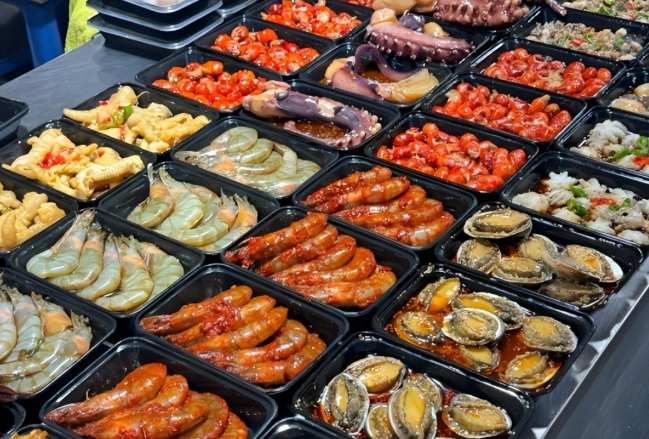
Flashy labels once screamed status, but today’s travelers—especially youth—prioritize value and vibes. A Ctrip report notes over 60% of young voyagers favor mid-range chains paired with unique stays for that “comfortable yet savvy” balance. Even affluent groups weigh experiences over emblems, craving stories and local flair.
To thrive, luxury hotels are weaving in community elements—artisans, night vibes, regional crafts—positioning as lifestyle curators, not isolated oases.
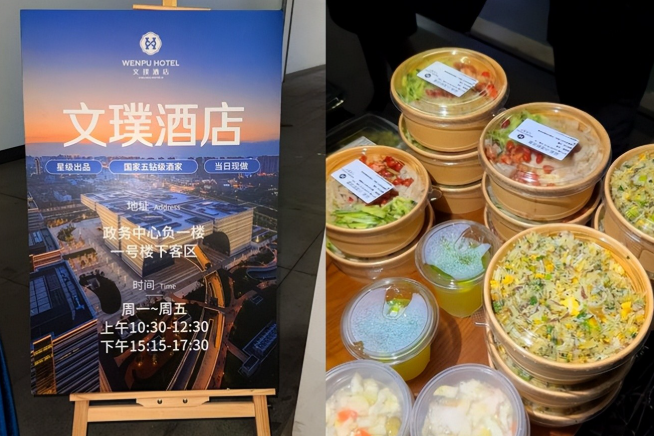
Final Take: A Smart Evolution or Survival Tactic?
Pop-up street food at luxury hotels signals savvy adaptation: from cookie-cutter opulence to dynamic relevance. It’s outreach, not downgrade—democratizing access while fostering connections.
In a landscape where flexibility wins, those embracing the streets could lead the pack. Stiff holdouts? They risk fading as preferences evolve.
References
- Futu News: In-depth Industry Research – From Hilton to Bulgari (Oct 4, 2025)
- Min News: Five-star Hotels Set Up Street Stalls (Oct 5, 2025)
- Reuters: Chinese Hotels Turn to Hawking Food (Aug 14, 2025)
- South China Morning Post: China’s Luxury Hotels Sell Street Food (Jul 13, 2025)
- Tocanan: China’s May Day 2025 Travel Boom (May 6, 2025)

